Even with a retirement-savings plan in place, saving more is always a good goal to work toward.This year, the IRS has announced an increase in the amount of pre-tax dollars you can contribute to a 401(k) or 403(b)—to $20,500, up from $19,500, where it’s been for the past two years. (Note that for those age 50 or older, catch-up contributions are also permitted; in 2022, this allows for an additional $6,500 in annual contributions to these same types of plans.) This is a no-brainer opportunity for savers, but when you’re already contributing a sizable amount of money each year, coming up with even an additional $1,000 can sometimes feel easier said than done.
There will always be other expenses, but this is about paying yourself first, says Daniel Ruppel, a Financial Planning Strategist at TIAA. “Try leading with your savings,” he says. “Increase the amount that you save, and see what impact it has on your lifestyle.” It may not make as big a dent as you think.
Here are a few easy-to-implement ways to take advantage of the new contribution limit for 2022:
1. Increase your payroll contribution.
One of the easiest (and least noticeable) ways to save an additional $1,000 for retirement is to up the pre-tax contribution directly from your paycheck to your 401(k) or 403(b). As Shelly Eweka, Senior Director, Financial Planning Strategy at TIAA, points out, this amounts to around $40 per paycheck. “You’re not likely to miss this, but if you do, you can always back it down to $25 a paycheck,” she says.
2. Repurpose your spending.
Saving money doesn’t mean sacrificing something you enjoy, especially if you come up with a creative alternative. For example, if you and your spouse have a standing date to go out to dinner once a week, opt to cook one dinner a month together at home, and put the money you would have spent at a restaurant in a jar (figuratively—or even literally). Make it a point to experiment with less familiar cuisines, or try to master your favorite restaurant dishes; you might be surprised at what you save, even when you splurge on high quality ingredients, when you’re not paying for service.
3. Siphon savings off of your bigger expenses.
Shopping around for lower rates on auto and homeowner’s insurance or refinancing your mortgage can be annoying, but putting in the time can lead to significant savings, says Ruppel. “This is especially true if it’s been some time since you last re-evaluated those things,” he says. You may not even need to switch providers—a good first step may be calling your current providers and asking how you can pay less.
Also think about the ripple effects of your decisions, says Ruppel. For example, choosing to hold off on buying a new car not only saves you a monthly payment but can help avoid cost increases, for things like insurance, which can cut into savings opportunities.
